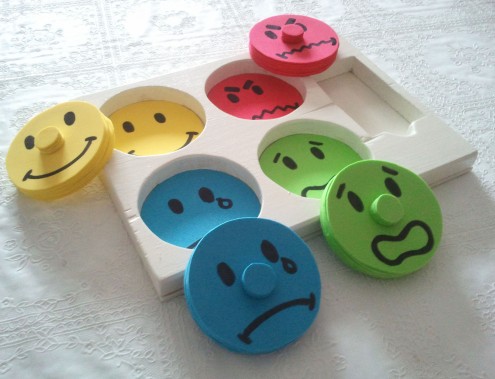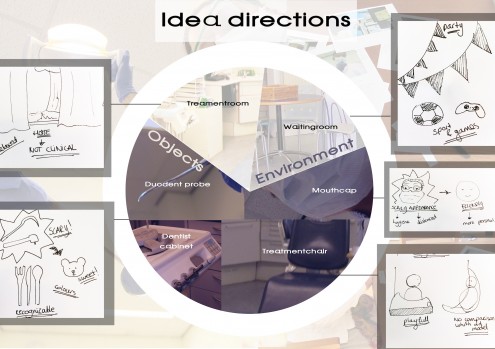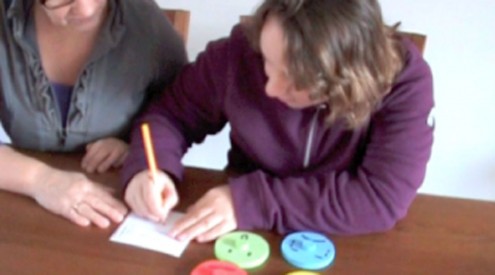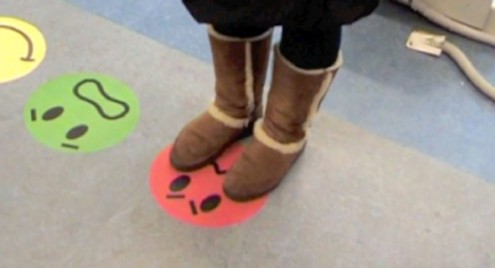By: Anne Heikamp
Keywords: Wellbeing and health insurance
Final presentation poster: Click here
Design Goal & interaction vision:
Designing a product for people having Autism spectrum disorder and learning disabilities that will help in reducing fear for dentistry objects
These people go to a special dental care practice and need help with the dentist visit. They need help with the preparation of this dentist visit and with changing context. For example, they find it hard when the dentist explains how to brush their teeth to apply this when they are at home. Pick-it-up! will help them.
Research and Design Explorations:
In my design process I conducted two main research studies. The first one was to gain more insight in the environment and to see the points of improvement. In the second research I tested my concept through observation, interviews and a user test.
I did a couple observations in the special dentist practice BCT Rijnmond. This is a dentist practice where they adapt every treatment to the patient. The observations helped me to understand the environment and to see if my concept worked. The interviews helped me to get more insights. People having Autism spectrum disorder and learning disabilities are sometimes hard to understand and talking to the mentor and dentist helps to clarify their thoughts and actions.
After conducting most of the research I changed a number of aspects in my concept after which I could start with testing the final concept. The emoticons have other expressions, the cards have another size and now have the ability to draw on and there are only big stickers of the emoticons at the dentist practice.
Lisa helped me with testing Pick-it-up! of which I made a prototype. Lisa really saw it as a game, which meant she was more concentrated. This made it easier for the mentor to prepare her for the dentist visit and explain every action. Lisa also liked expressing her feeling through the emoticons. It seems that when she knows what her feelings will be before the dentist visit really happens, that she is more relaxed during the dentist visit.
The final important fact I found out during my research is that the dentist is positive about the Pick-it-up!, because it helps transferring context from the special dental care practice to home.
Final design:
Pick-it-up! will help these people in three steps. The first one is the preparation where the board game is used at their home with their mentor. By going through every action they will experience during the dentist visit they will know what to expect and be more comfortable during the dentist visit. During this explanation of every action they can express their feeling by putting the emoticons in the board.
During the dentist visit, the second step, the dentist can refer to the emoticons through the stickers they will have in the treatment room on the floor.
The third step is the learning process. In this step the board is used again at their home with the mentor. The emoticons will help them with transferring the context. Now it will be easier to apply what the dentist told them, for example how to brush their teeth.




